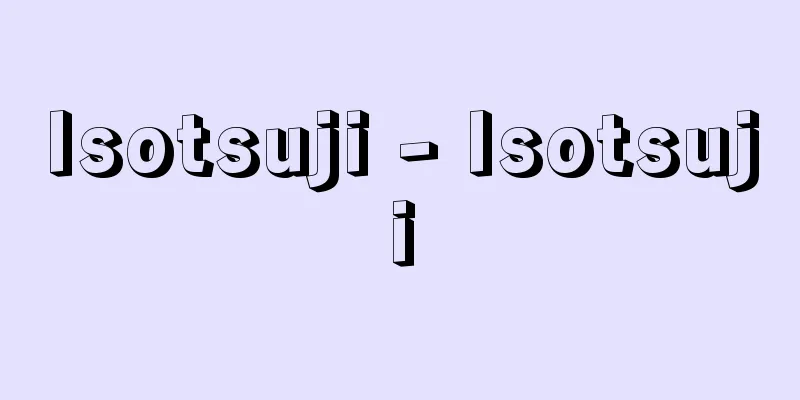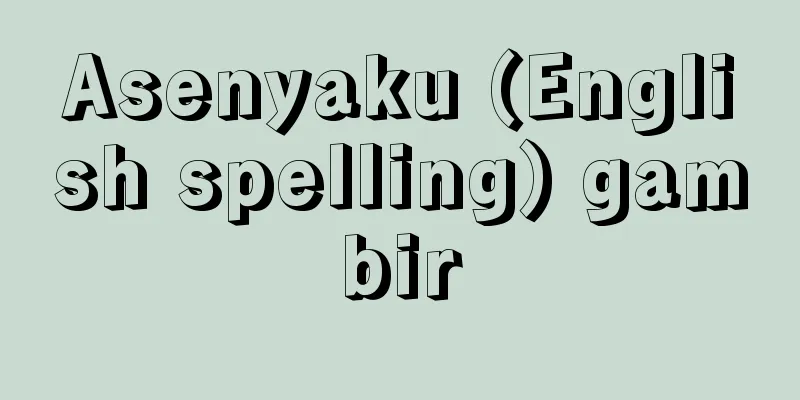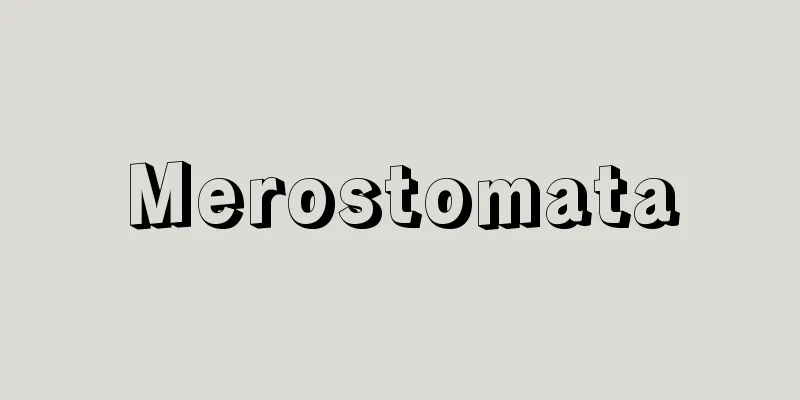Korean books - Chosenbon

|
This refers to books published in Korea in a broad sense, and in the Yi dynasty (1392-1910) in a narrow sense, but this article focuses on the latter. For books published in the Goryeo period, see the entry for "Goryeo editions." Printing culture flourished during this period, and the Yi dynasty established schools of archival printing, but the majority of official editions were typeset, large and beautiful, and when reprinting Chinese books, they were based on excellent copies and were rigorously proofread. Typesets are named after the zodiac sign of the year they were cast, and there are more than 30 types, with the Kibi type (1403) being the oldest. Of these, the Koin type (1434) is the appropriate size and shape of the characters, and has been recast many times. Copper type is the norm, but there are also wood and iron type. Typesets are limited to a few dozen copies or 200-300 copies, and these are often used to produce a large number of woodblock books. Bokokubon (private publications) have been confirmed since the latter half of the 16th century, but they were not as commercially viable as in Japan. Printing, mainly woodblock prints from shoin schools and Buddhist schools, was also popular, and there were also books printed using wood type, ceramic type, gourd type, and copper type. There are few publication records for Korean books, and the publication years are unclear, and the state of local printing culture is also unclear. Many books were brought to Japan during Toyotomi Hideyoshi's invasions (1592-93, 1597-98) and still remain, and as a result of this, old type printing in Japan flourished for a time. Many Korean books remain in the Imperial Household Agency Archives and Mausolea Department in Tokyo, the National Archives of Japan, the Hosa Bunko in Nagoya, the Soka Bunko in Tsushima, the University of Tokyo, and Kyoto University. [Yukio Fujimoto] "History of Korean Printing, compiled by the Korean Library Science Research Group (1980, Dohosha Publishing)" ▽ "Korean Woodblock Books, by Kyosaku Maema (1937, Keijo, Matsuura Shoten)" [Reference] |National Diet Library "Compilation of drawings and annotations" (unprinted version) Source: Shogakukan Encyclopedia Nipponica About Encyclopedia Nipponica Information | Legend |
|
広くは朝鮮の、狭くは李朝(りちょう)時代(1392~1910)の刊行書をさすが、本稿では後者について述べる。高麗(こうらい)時代のものについては「高麗版」の項参照。この時代は印刷文化が栄え、李朝は校書館等を設けて印刷したが、官版の大部分は活字本で、大型かつ美麗、中国本を翻刻する場合は善本によっており、校正も厳密である。活字は鋳造年の干支(えと)でよばれ、30種以上あるが、癸未(きび)字(1403)がもっとも古い。そのなかでは甲寅(こういん)字(1434)が大きさも適当で字形もよく、幾度も改鋳されている。銅活字が主で、木活字や鉄活字もある。活字本は数十部から200~300部どまりで、これをもとにして木版本を多量につくることが多い。坊刻本(民間出版物)は16世紀後半より確認されるが、日本のようにさほど商品化していない。書院や門中よりの木版本を主とした印出も盛んで、木活字、陶活字、匏(ほう)(瓢箪(ひょうたん))活字、銅活字本によるものもある。朝鮮本には刊記が少なくて刊年がはっきりせず、また地方印刷文化の状態もまだ明らかでない。豊臣秀吉(とよとみひでよし)の侵略時(1592~93、1597~98)に多くの書籍がわが国にもたらされて現存するが、この影響でわが国の古活字印刷が一時盛行した。東京の宮内庁書陵部、国立公文書館、名古屋の蓬左(ほうさ)文庫、対馬(つしま)の宗(そう)家文庫、東大、京大などに、多くの朝鮮本が残されている。 [藤本幸夫] 『韓国図書館学研究会編『韓国古印刷史』(1980・同朋舎出版)』▽『前間恭作著『朝鮮の板本』(1937・京城・松浦書店)』 [参照項目] |国立国会図書館所蔵"> 『纂図互註周礼』(癸未字印本) 出典 小学館 日本大百科全書(ニッポニカ)日本大百科全書(ニッポニカ)について 情報 | 凡例 |
<<: Democratic People's Republic of Korea
Recommend
Wiklund, KB (English name) WiklundKB
... Although Lappish and Finnish are closely rela...
Helianthus cucumerifolius (English spelling) Helianthuscucumerifolius
…[Masao Yamashita]. … *Some of the terminology th...
Lux, H. (English spelling) LuxH
...In other words, the above reaction between the...
INTERSPUTNIK; International Space Communication System and Organization
The International Space Station (ISSS) was establi...
Tourin-tei Togyoku
1786-1849 A lecturer in the late Edo period. Born...
Leiognathus rivulatus (English spelling) Leiognathusrivulatus
… [Kenji Mochizuki]. … *Some of the terminology t...
Fenyang
A county-level city in central Shanxi Province, C...
Makrān (English spelling)
The name of a mountainous region along the Arabian...
Brown-Séquard's syndrome
When one side of the spinal cord is damaged, a spe...
Ericerus pela
An insect of the Hemiptera family, Coccidae family...
Yearbook
(yearbook) - a publication that records events and...
Air-hardening fireproof mortar
...Since it uses the same refractory powder as co...
Mudéjar (English spelling)
The term is a Spanish corruption of the Arabic mud...
Association of ideas
The act of eliciting other ideas from one idea. In...
Śrāvastī (English spelling)
The capital of the ancient North Indian kingdom o...









